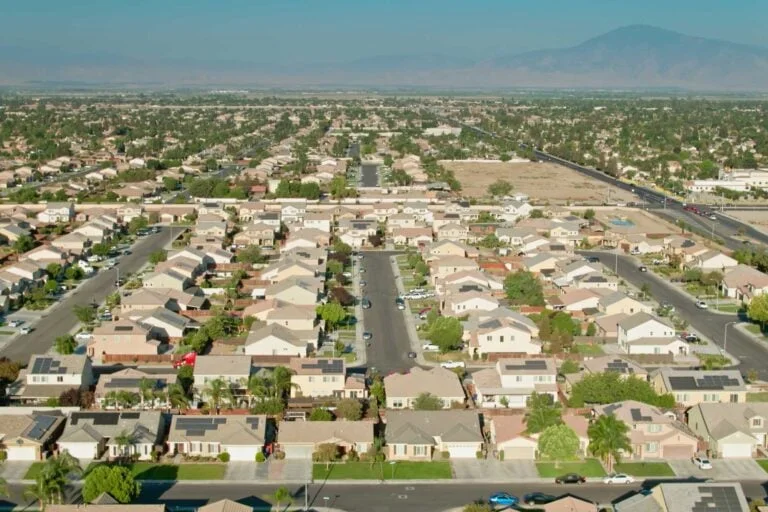
Wildfires, Insurance Exodus, And Rising Rates: How California’s Homeowners Face A Perfect Storm
California’s homeowners are weathering a crisis of rising costs, shrinking insurance choices, and climate risks that threaten the very foundation of property ownership in the Golden State. Amid historic wildfires, insurers abandoning the market, and sweeping regulatory reforms, the future of affordable, secure homeownership hangs in the balance— with nationwide implications.
For decades, California enjoyed relatively low homeowner insurance costs despite its high property values, largely due to strict regulations from Proposition 103 enacted in 1988, which mandated rate controls based on past losses rather than future risk forecasts. This kept California’s insurance burden at just 4.6% of housing expenses in 2023, among the lowest nationally, compared to wildfire-prone peers like Louisiana and Oklahoma where burdens top 12%.

However, beneath the surface, risks and pressures have mounted. Since 2022, seven of California’s top twelve insurers have trimmed coverage or exited altogether, unable to reconcile mounting wildfire payouts and reinsurance costs with controlled premium hikes. From 2019 through 2024, over 100,000 homeowners lost private coverage. As climate change intensifies disasters, the financial equation becomes harder to balance, pushing California into uncharted territory.
This strain has funneled over 115% more homeowners since 2021 onto the state-run Fair Access to Insurance Requirements—or FAIR Plan—effectively the last resort, which is notoriously pricier with less coverage. For vulnerable regions like Mariposa County, where non-renewal rates hit nearly 7%, 42% of residents are now on FAIR. Local resident Jacob Hawley illustrates the human cost: after losing his traditional insurance then his home to the devastating Oak Fire, his only option was a FAIR Plan costing nearly triple prior premiums. “We call it the ‘CA unfair plan’ because it feels unfair to get dropped and pay double,” Hawley said, revealing he paid $6,000-$8,000 for modest coverage even before paying for wraparound policies required alongside FAIR’s basic fire-only protections.
The gap is stark geographically as well. Insurance burdens have risen sharply—up to 7.7% of homeowner costs in Northern California’s fire corridor—versus stable 4-5% elsewhere, but given recent Southern California megafires like the Palisades and Eaton blazes, these disparities may soon close.

Recovering from these climate-fueled disasters is not only emotional and physical but also an economic struggle, drawn out by complex insurance processes and inflated rebuilding costs exacerbated by tariffs. Tariffs on construction materials could add $4 billion nationally and push California premiums up to 21% by end of 2025, more than doubling the 8% US average hike. Insurify projects average California home insurance jumping from $2,424 in 2024 to $2,930—second steepest in the nation.
To stem this crisis, Commissioner Ricardo Lara has initiated landmark reforms. For the first time in decades, insurers may now use catastrophe modeling and incorporate reinsurance expenses to better reflect climate realities—aimed at encouraging providers back into the market. In exchange, insurers are mandated to gradually expand coverage in risky areas, hoping to reduce overreliance on the FAIR Plan and stabilize access statewide.
Yet on the ground, the process is fraught. Enrolling in FAIR takes months, leaves many underinsured, and rebuilding post-disaster remains dogged by delays and bureaucratic hurdles. Hawley’s ongoing multi-year struggle to rebuild his burned home underscores the personal toll behind the statistics.
California’s insurance saga is a cautionary tale of how climate change collides with housing affordability and market forces. Its policy experiments may set a precedent nationwide as disasters multiply. Will regulatory innovations and risk sharing restore insurance stability in California? Or will ever-costlier premiums and coverage gaps threaten the American Dream on the West Coast? Share your thoughts below, and join the conversation about the future of homeownership amid a changing climate.